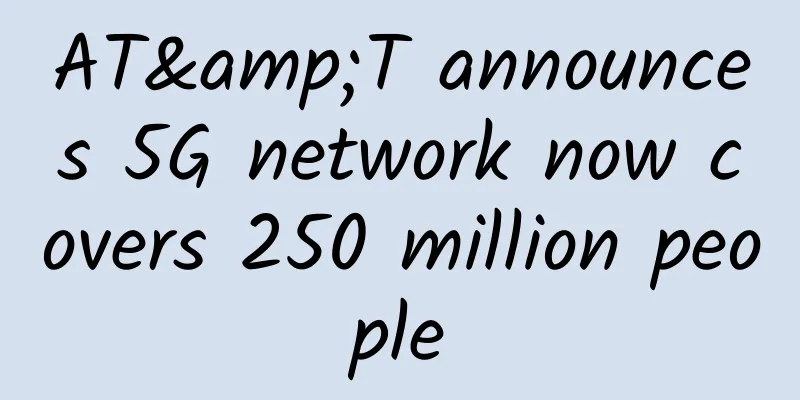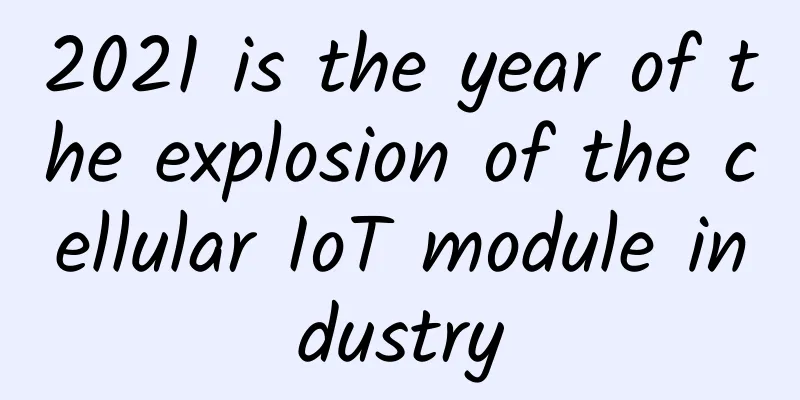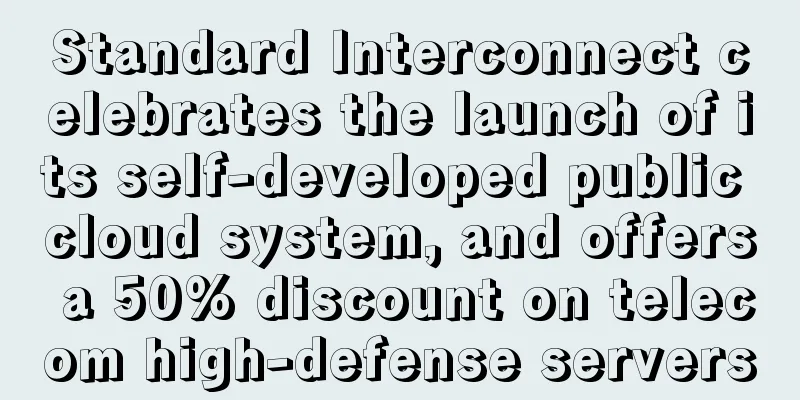AT&T announces 5G network now covers 250 million people

|
Recently, AT&T announced that its 5G network has covered 250 million citizens in the United States, achieving this goal six months ahead of schedule. AT&T said many universities are currently using its 5G network to conduct research in data science, agriculture and mining, while medical institutions are using it to speed up the processing of medical data. AT&T claims it's ahead of T-Mobile US in millimeter wave and plans to offer millimeter wave networks (which AT&T calls 5G+) in parts of more than 40 cities and an equal number of venues by the end of the year. AT&T is currently preparing to deploy C-band spectrum and claims that it will cover at least 70 million people by the end of 2022 and at least 200 million people by the end of 2023. AT&T raised its C-band coverage goals after announcing the spinoff of WarnerMedia to Discovery, and it also raised funds through the sale of gaming studio Playdemic to Electronic Arts Inc. and real estate sales. |
<<: Network Lifecycle Management Guide
>>: What is the difference between HTTP & WebSocket? Do you know?
Recommend
Important function! Borei Data APM helps enterprises to calmly cope with the evolution of cloud-native architecture
Recently, Bonree Server, the application performa...
Wenku: Improve the IPv6 standard system and develop key standards
On October 11, the 2021 China IPv6 Innovation and...
How to network clock synchronization in wireless networks?
[[346597]] This article is reprinted from the WeC...
In the tug-of-war between NetOps and SecOps, what role does SD-WAN play?
Connectivity across campus, branch, cloud, and ed...
DiyVM: 69 yuan/month XEN-dual core/2G memory/50G hard disk/2M/Hong Kong CN2 data center
DiyVM is a long-established Chinese hosting compa...
HostYun: Los Angeles CN2 GIA monthly payment starts at 15.3 yuan, Japan Tokyo VPS monthly payment starts at 27 yuan
The tribe has shared information about HostYun ma...
5G development: Don’t be afraid of the clouds blocking your view
Although some voices that are pessimistic about 5...
Why choose NB-IoT when there are so many standards?
The need for communication is indispensable in ou...
What is the difference between a wireless router and an optical modem? This article tells you
When we deploy a WiFi network at home, there are ...
Research on 4G network coverage quality assessment method in rural areas
Labs Guide The analysis of 4G coverage quality in...
Can the interviewer ping 127.0.0.1 after being disconnected from the Internet?
When interviewing for network-related positions, ...
Can't connect to Wi-Fi? Tsinghua University has developed the "ultimate solution"
While Wi-Fi is one of the greatest inventions of ...
ZJI: Hong Kong server special offer from 450 yuan/month-E5-2630L/16G memory/480G SSD/10M bandwidth/three-network direct connection
ZJI is currently offering a special promotion for...









